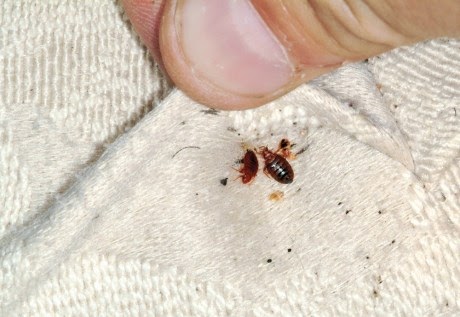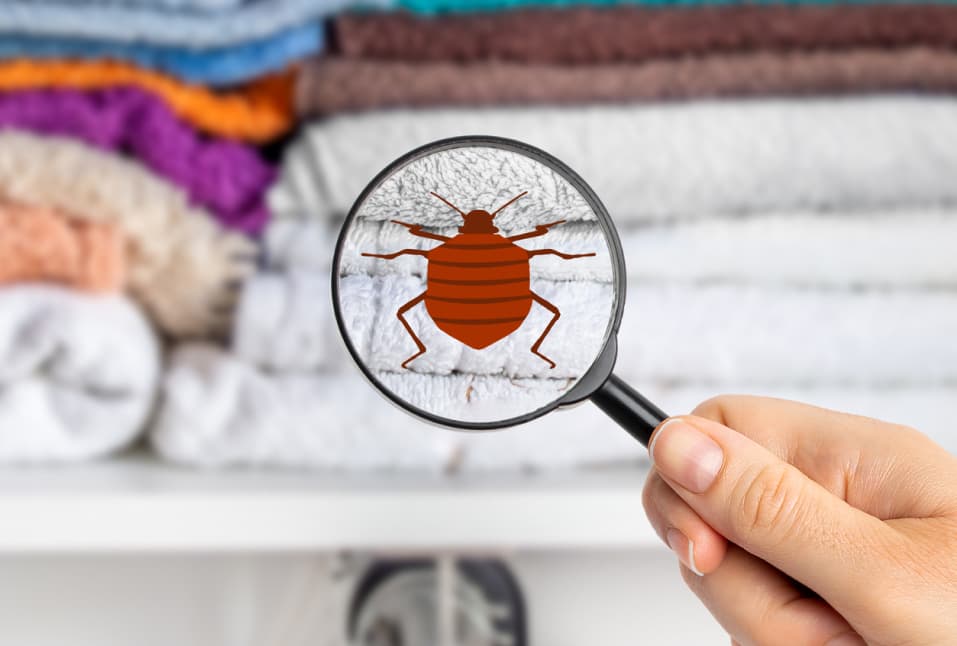Comprehensive Pest Control Services for Effective Bed Pest Monitoring
In the world of handling bed insect infestations, the importance of extensive pest control solutions can not be overemphasized. As these relentless bugs proceed to position challenges for businesses and home owners alike, understanding the subtleties of efficient bed bug monitoring comes to be vital. From identifying typical signs of invasion to implementing targeted therapy methods, a systematic method is vital for effective removal. By discovering the ins and outs of specialist bug control services tailored specifically to battle bed insects, a course towards lasting solutions arises.
Value of Specialist Parasite Control
Specialist pest control services play a critical duty in properly removing and handling bed insect invasions. Bed insects are resistant parasites that can quickly spread and multiply if not taken care of promptly and correctly. Expert bug control firms have the know-how, experience, and specialized devices required to identify, treat, and screen bed insect problems properly.
One key advantage of using professional parasite control solutions is the thoroughness of their technique. Trained specialists are proficient at carrying out comprehensive evaluations to locate all locations where bed pests might be hiding, including hard-to-reach places such as wall surface spaces, electrical outlets, and furniture seams (EZ Bed Bug Exterminator NYC). In addition, they have accessibility to an array of therapy choices that are confirmed to be reliable in eliminating bed pests whatsoever life stages
Furthermore, professional pest control solutions offer follow-up evaluations and treatments to make certain that the invasion has been entirely removed. This level of extensive care and attention to information is vital in preventing a re-infestation and keeping a pest-free atmosphere for locals or company owner.
Usual Signs of Bed Insect Infestation

Actions for Bed Insect Inspection
To properly conduct a comprehensive evaluation for bed insects, begin by meticulously examining usual hiding places in the bed room and surrounding locations. Begin by inspecting the seams and holes of cushions, box springs, and bed frames. Seek any type of signs of real-time insects, molted skins, eggs, or dark spots, as these are indications of bed insect activity. In addition, check nearby furnishings, such as cabinets and nightstands, paying very close attention to fractures and joints. Bed bugs might also conceal behind peeling off wallpaper, electric outlets, and picture structures, so make sure to explore these areas too.
It's critical to examine other locations besides the bedroom, as bed insects can take a trip with walls and infest bordering rooms. Examine living room furnishings, curtains, and carpetings, particularly if they remain in close distance to the room. Remember to check travel luggage, clothes, and various other personal possessions that might have entered into contact with ravaged areas. By performing a complete inspection of all prospective hiding places, you can successfully identify the existence of bed pests and take appropriate measures for therapy and control.
Reliable Bed Pest Therapy Approaches
When addressing bed pest problems, applying an extensive treatment strategy is essential for successful removal. Efficient bed insect treatment methods generally involve a combination of chemical and non-chemical approaches to target bed pests at various stages of their life cycle. One common approach is the application of pesticides, which can be applied as sprays, dust, or aerosols to targeted locations where bed insects are present. Heat treatment is an additional reliable technique that involves raising the temperature level in plagued areas to degrees that are deadly to bed insects. This method can penetrate deep right into furniture, walls, and other concealing areas where bed bugs might stay. Vacuuming, steaming, and laundering plagued items at heats are likewise essential steps in removing bed insects and their eggs.
Furthermore, carrying out safety nets such as securing fractures and holes, making use of mattress coverings, and reducing mess can help stop future problems. Regular tracking and follow-up therapies are vital to ensure that all bed pests have been effectively gotten rid of. By integrating these numerous therapy methods in an extensive technique, pest control experts can effectively handle bed insect problems and give resilient alleviation for damaged people.
Long-Term Avoidance Approaches

Informing on your own and your household members concerning bed bugs, their behavior, and indications of problem is essential for very early detection and prompt action. If you have a history of bed insect problems or stay in a multi-unit building, think about implementing preventive steps such as setting up interceptors on bed legs and sealing cracks and crevices you could try these out in wall surfaces and furnishings to stop bed pests from dispersing. By incorporating these strategies with professional pest control services, you can properly guard your home versus bed insect infestations in the long-term.
Verdict
In verdict, specialist bug control services play an important role in effectively managing bed pest invasions. By identifying common indicators of invasion, conducting extensive evaluations, executing proper treatment methods, websites and carrying out long-lasting avoidance methods, individuals can efficiently control and avoid bed bug troubles. It is very important to seek the knowledge of parasite control experts to ensure the reliable and safe elimination of bed insects in companies and homes.

Efficient bed bug therapy approaches normally include a combination of chemical and non-chemical strategies to target bed insects at different phases of their life cycle. Enclosing mattresses and box springtimes with bed bug-proof covers can act as an obstacle, avoiding bed bugs from accessing these locations. If you have a history of bed pest invasions or live in a multi-unit building, take into consideration executing preventive actions such as setting up interceptors on bed legs and sealing splits and gaps in walls and furnishings to avoid bed pests from spreading.